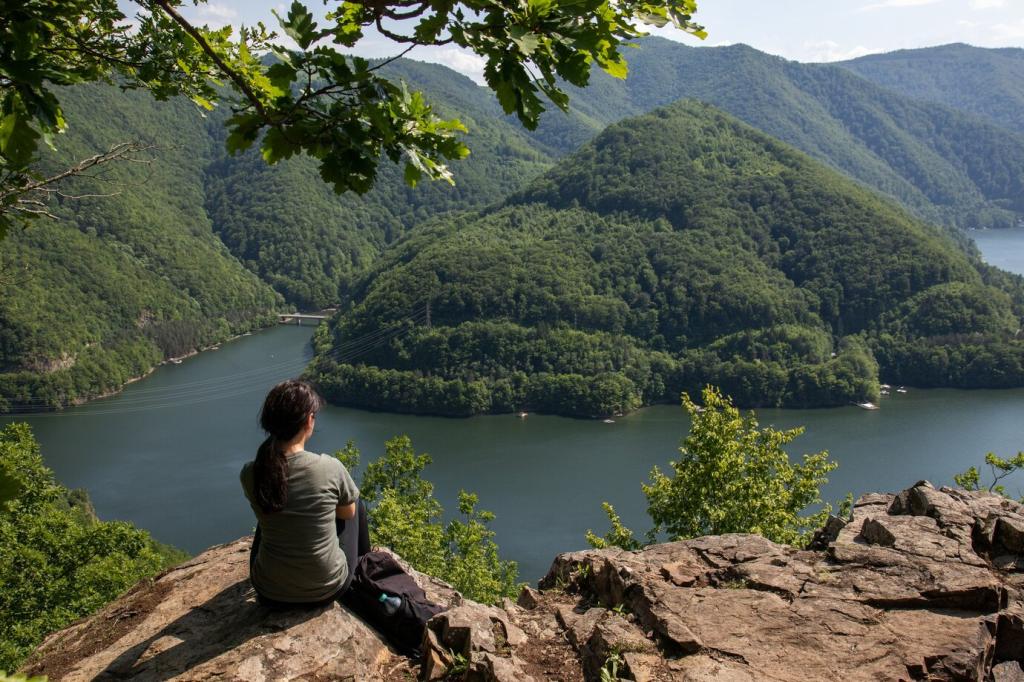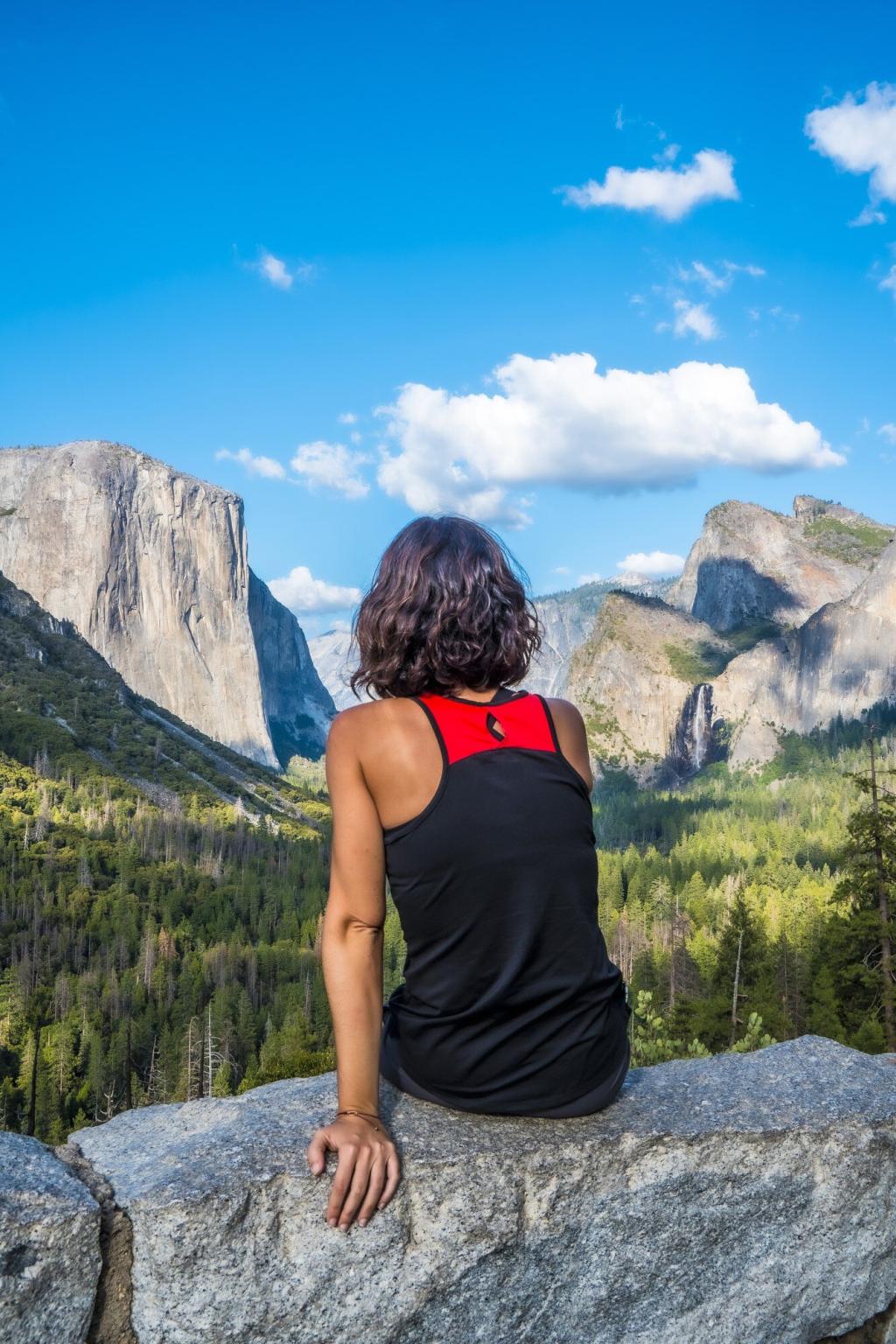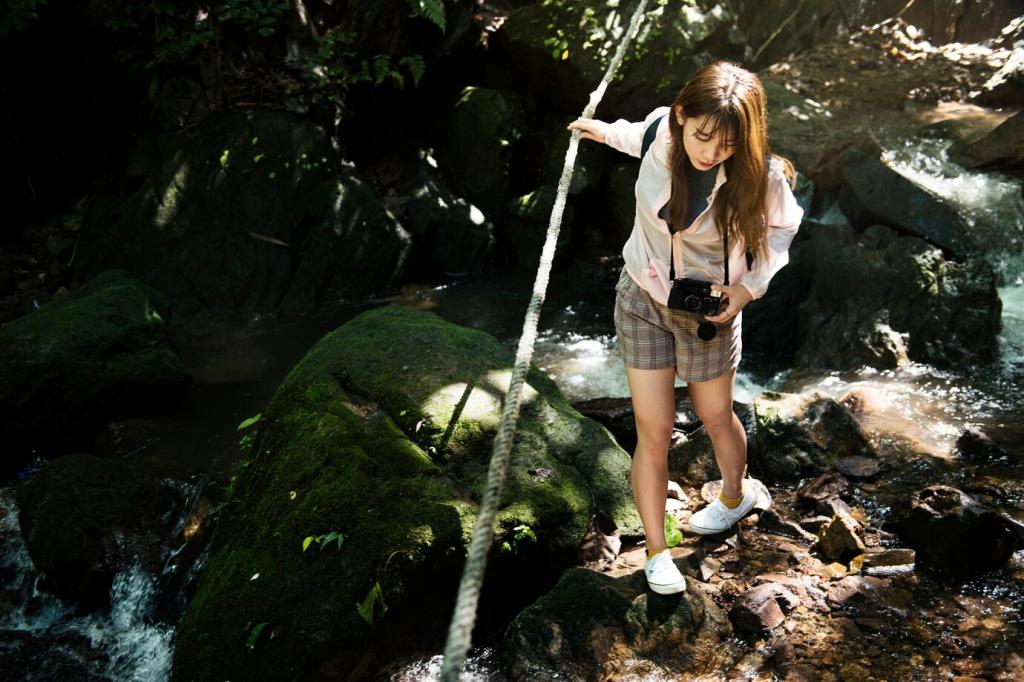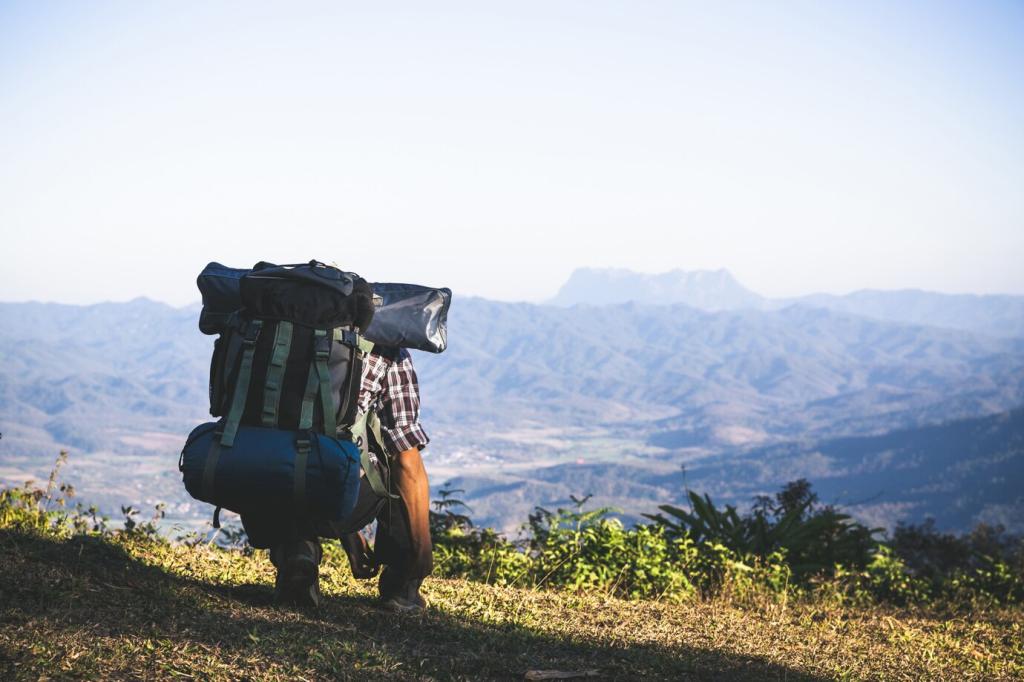Chosen theme: Marine Conservation Areas. Explore how protected ocean spaces revive wildlife, support coastal communities, and invite each of us to become a careful, joyful steward of the blue world.
What Marine Conservation Areas Are For
Marine Conservation Areas safeguard coral reefs, kelp forests, seagrass meadows, mangroves, and deep-sea canyons where life begins, hides, feeds, and breeds. Protecting these nurseries helps replenish ocean abundance beyond boundaries, benefiting ecosystems and communities.
Many Marine Conservation Areas use zones with different rules: some allow traditional fishing, others are no-take to let species recover. Clear boundaries and signage reduce confusion, while community input creates fair, workable protections that last.
When a coastal village set aside a no-take cove, lobster and sea bream slowly returned. Children now snorkel where their grandparents once harvested, learning that patience, kindness, and cooperation can bring a bay back to life.
The Science of Recovery and Resilience
Spillover That Feeds Communities
As fish populations rebuild inside protected zones, adults and larvae spill over into surrounding waters, supporting nearby fisheries. Places like Cabo Pulmo show how protection can translate into richer reefs and steadier catches for locals.
Timeframes of Change
Recovery is real but rarely instant. Fast-growing species rebound within a few years, while slow-growing reef builders may take a decade or more. Setting expectations honestly helps communities stay committed through the quiet, crucial early years.
How Scientists Measure Success
Researchers track change using diver surveys, baited remote video, acoustic tags, drones, and environmental DNA. Together these tools reveal fish biomass, species diversity, habitat condition, and trends—evidence communities can trust when debating the future of protection.
People, Culture, and Co‑management
On islands like Apo in the Philippines, fishers helped draw boundaries, enforce rules, and monitor change. Their stories show dignity and pride when catches improve outside protected zones, proving that guardianship and livelihoods can grow together.


People, Culture, and Co‑management
Indigenous sea guardians apply ancestral practices, from seasonal closures to respectful harvest rituals. Their leadership honors place-based wisdom and ensures Marine Conservation Areas protect not only biodiversity, but languages, ceremonies, and community identity woven through coastal life.
Pressures and Practical Challenges
Warming waters, acidification, and stronger storms test the resilience of reefs and kelp. Marine Conservation Areas cannot stop climate change, but they reduce local stressors, giving ecosystems a better chance to adapt and recover after shocks.

Visiting Marine Conservation Areas Responsibly
In-Water Etiquette for Snorkelers and Divers
Keep fins off the bottom, never touch coral or marine life, secure dangling gear, and practice perfect buoyancy. Choose reef-safe sunscreen, follow briefings, and give space to others. Your calm presence helps wildlife behave naturally.


Wildlife Encounters With Empathy
Observe from a respectful distance, avoid chasing, and let animals decide the moment. Use red lights at night, keep drones grounded near birds, and mute your excitement—quiet awe invites more authentic, unhurried encounters for everyone.


Get Involved Today
Join reef surveys, seagrass mapping, or beach cleanups through groups like Reef Check or local marine trusts. Your observations add vital data, and your enthusiasm shows decision-makers that people truly care about protected seas.
Get Involved Today
Sign up for public comment alerts, attend coastal meetings, and write respectfully to representatives. Share why Marine Conservation Areas matter to your family, work, or traditions. Personal stories can soften debates and move policy forward.
